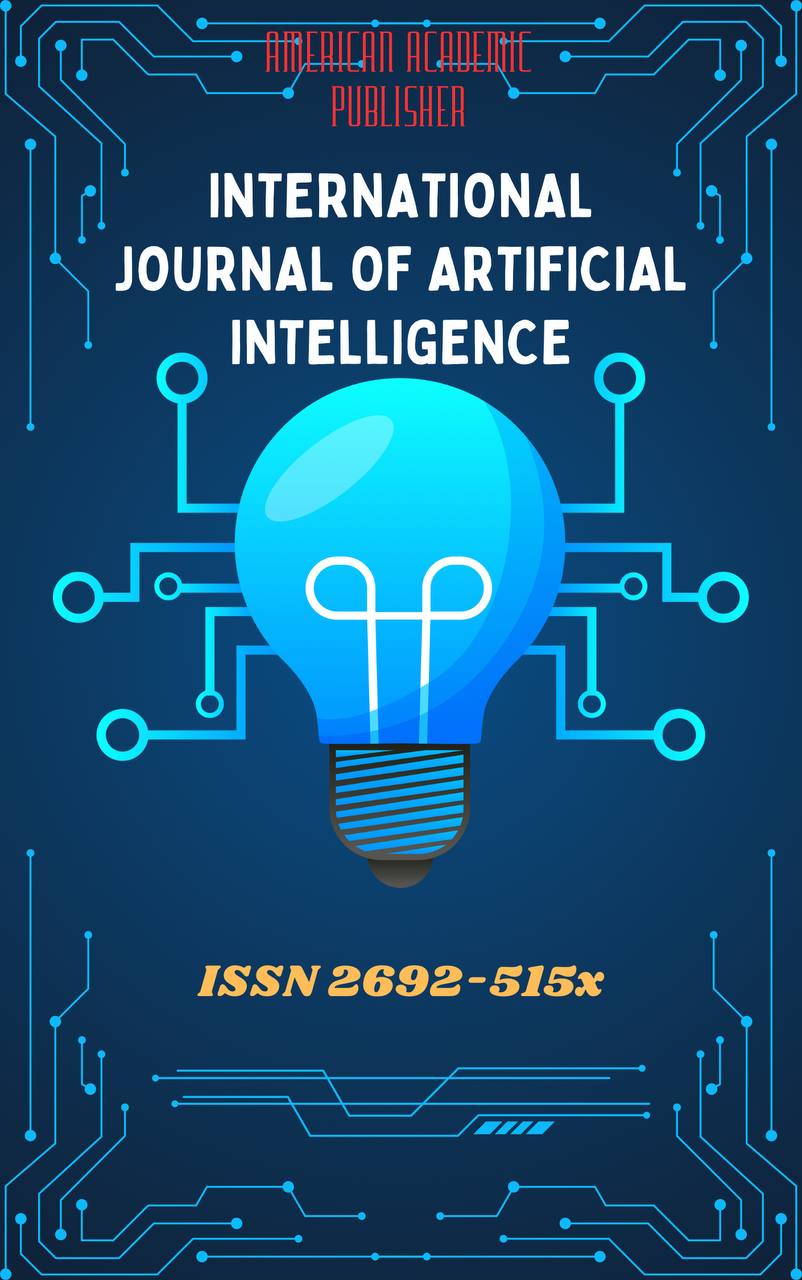 Articles
| Open Access |
Articles
| Open Access | THE ROLE AND IMPACT OF ISLAMIC FINANCIAL INSTRUMENTS IN POVERTY REDUCTION IN UZBEKISTAN
Khikmatov A'lambek Ayubovich , Bukhara State UniversityAbstract
This scientific paper explores the role and impact of Islamic financial instruments in poverty reduction efforts in the Republic of Uzbekistan. The study is based on the core principles of the Islamic financial system — interest-free financing, risk-sharing, social justice, and equality in ownership. Key instruments such as zakat, sadaqah, qard al-hasan, mudarabah, musharakah, and ijarah are analyzed for their potential in promoting economic and social stability. The research also evaluates the current state of Islamic finance infrastructure and legal frameworks in Uzbekistan, existing practices, challenges, and development prospects. Special attention is given to the opportunities for supporting vulnerable social groups, promoting small businesses, and enhancing financial inclusion through Islamic mechanisms. The paper concludes with practical recommendations for the effective integration of Islamic finance tools in the national poverty alleviation strategy.
Keywords
Islamic finance, poverty reduction, zakat, qard al-hasan, mudarabah, sukuk, microfinance, social justice.
References
Ibrahim, A. A., & Alenezi, A. (2024). Leveraging Qardh alHasan within Islamic Finance: A Conceptual Framework for Advancing Sustainable Development among EarlyStage Enterprises. Tazkia Islamic Finance and Business Review, 18(1). https://www.researchgate.net/publication/382960249
Imamnazarov, J. (2020). Landscaping Analysis of Islamic Finance in Uzbekistan’s Financial System. UNDP Uzbekistan. https://www.undp.org/sites/g/files/zskgke326/files/migration/uz/ENG_Landscaping-IF-in-Uzbekistan_final.pdf
Islamic Development Bank (IDB). (2023). Islamic Finance and the SDGs: Pathways for Poverty Reduction. Jeddah: IDB Publications.
Karim, N. A., Tarazi, M., & Reille, X. (2008). Islamic Microfinance: An Emerging Market Niche. CGAP Focus Note No. 49. https://www.cgap.org/sites/default/files/CGAP-Focus-Note-Islamic-Microfinance-An-Emerging-Market-Niche-Aug-2008.pdf
Mojtahed, A., & Hassanzadeh, A. (2009). The Evaluation of QardalHasan as a Microfinance Approach in Poverty Alleviation Programs: Case Study of Iran. https://scispace.com/pdf/the-evaluation-of-qard-al-hasan-as-a-microfinance-approach-41i1bu5wnj.pdf
Muneer, F. (2019). Qard-al-Hasan as a Tool for Poverty Alleviation: A Case Study of the Fael Khair Waqf Program in Bangladesh. Journal of Islamic Monetary Economics and Finance, 5(4), 723–742. https://jimf-bi.org/index.php/JIMF/article/view/1100
Nienhaus, V. (2006). Zakat and the Question of Social Welfare: An Institutional Comparison with Western Systems. In M. Kabir Hassan & M. K. Lewis (Eds.), Handbook of Islamic Banking (pp. 107–123). Cheltenham: Edward Elgar.
Rasulova, N. N., & Afzaljonovich, A. A. (2024). Development of Islamic Finance in Uzbekistan: Prospects and Problems. Journal of Management, Economics and Accounting, 11(4). https://www.scopusacademia.org/index.php/jmea/article/download/1296/1294
Sadullaeva, G. U. (2025). Prospects for the Development of Islamic Microfinance Services in Uzbekistan. Zenodo. https://zenodo.org/records/15345146
Uroqova, B. (2024, December 19). Islamic Finance as a Tool to Improve Financial Inclusion in Uzbekistan: Implications for Reducing Poverty and Income Inequality. SSRN. https://papers.ssrn.com/sol3/papers.cfm?abstract_id=4993193
Article Statistics
Downloads
Copyright License

This work is licensed under a Creative Commons Attribution 4.0 International License.

